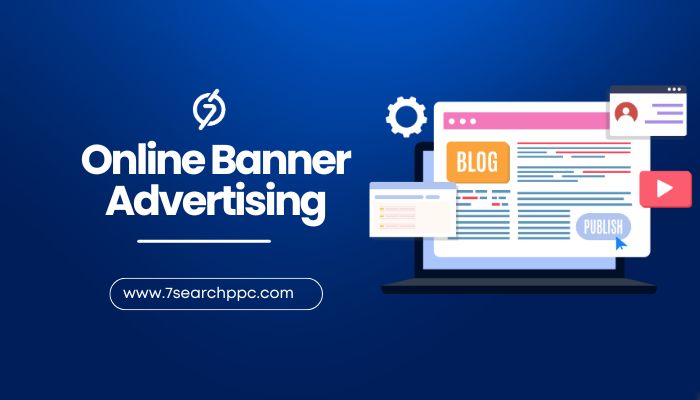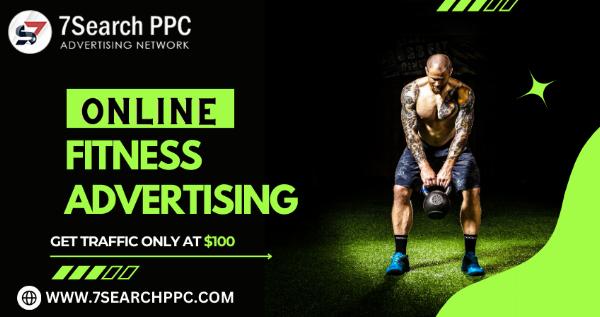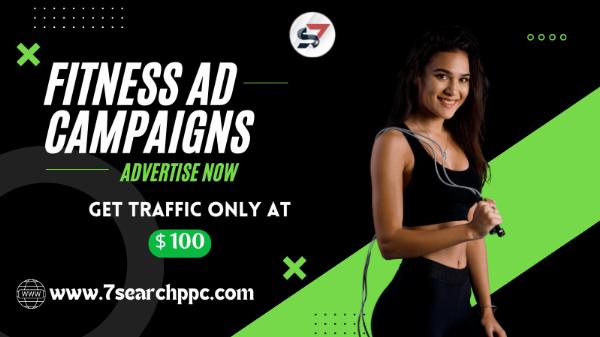8 Examples of Banner Advertising That Work

Strong 8k brings an ultra-HD IPTV experience to your living room and your pocket.
Banner advertising has evolved into a crucial component of digital marketing strategies. With their ability to capture attention and drive traffic, banner ads have become a staple in online advertising. In this blog post, we’ll explore eight compelling examples of banner advertising that work effectively in various industries. We’ll also cover best practices, common questions, and the benefits of utilizing banner ads.
What is Banner Advertising?
Banner advertising involves the use of graphic advertisements that are displayed on websites, apps, or social media platforms. These digital banner ads can vary in size, format, and design, but their primary goal remains the same: to attract users’ attention and encourage them to click through to a landing page.
Why Use Banner Advertising?
- Visibility: Banner ads are visually striking and can reach a large audience.
- Brand Awareness: Consistent use of banner advertising helps establish brand recognition.
- Targeted Marketing: Digital banner ads can be targeted to specific demographics, ensuring that your message reaches the right audience.
- Cost-Effective: With various pricing models available, including cost-per-click (CPC) and cost-per-impression (CPM), businesses can control their advertising budgets.
The Classic Click-Through Banner
Overview
One of the most straightforward yet effective types of banner advertising is the classic click-through banner. These banners typically include a strong call-to-action (CTA) and direct users to a landing page.
Effective Elements
- Simple Design: Clean and uncluttered layouts.
- Bold CTA: Phrases like "Learn More" or "Shop Now."
- High-Quality Images: Visuals that resonate with the target audience.
Amazon
Amazon frequently utilizes click-through banners on various websites. Their banners often promote limited-time offers or specific products, driving traffic to their platform. The combination of urgency and clarity makes these ads particularly effective.
Animated Banners
Overview
Animated banners use motion to draw attention, showcasing multiple products or features within a single ad.
Effective Elements
- Smooth Transitions: Fluid animations that don’t distract.
- Concise Messaging: Each frame should deliver a clear message.
- Engaging Visuals: Bright colors and dynamic content.
Airbnb
Airbnb often employs animated banners that highlight various travel destinations and accommodations. The dynamic nature of these ads encourages users to explore and plan their next trip, making them highly effective in driving bookings.
Retargeting Banners
Overview
Retargeting banners are displayed to users who have previously interacted with a brand’s website or content. These ads serve as reminders to bring users back.
Effective Elements
- Personalization: Tailored messages based on user behavior.
- Familiar Imagery: Using images of products or pages visited.
- Incentives: Offering discounts to entice return visits.
Zappos
Zappos effectively uses retargeting banners to remind customers of shoes or apparel they viewed but didn’t purchase. By including special offers, they successfully convert hesitant visitors into buyers.
Responsive Banner Ads
Overview
Responsive banner ads automatically adjust their size and format based on the device used to view them, ensuring optimal visibility.
Effective Elements
- Fluid Design: Banners that adapt seamlessly to different screen sizes.
- Consistent Branding: Maintaining brand identity across all devices.
- Clear CTA: Easily clickable buttons that stand out.
Nike
Nike’s responsive banners are a great example of adaptability. Whether viewed on a desktop, tablet, or mobile device, their banners retain clarity and impact, promoting their latest products effectively across platforms.
Video Banner Ads
Overview
Video banner ads integrate short video clips into the banner format, allowing brands to tell their stories more dynamically.
Effective Elements
- Short Clips: Keeping videos under 30 seconds to maintain viewer interest.
- Strong Visuals and Sound: Engaging users through compelling audio-visual content.
- Clear CTA: Directing users to take action immediately.
Coca-Cola
Coca-Cola often uses video banner ads to convey emotions and storytelling in their campaigns. Their ads resonate well with viewers, driving engagement and increasing brand loyalty.
Interactive Banners
Overview
Interactive banners encourage user engagement through quizzes, games, or other interactive elements.
Effective Elements
- Engagement: Creating an experience that users can actively participate in.
- Reward Systems: Offering incentives for interaction, such as discounts or points.
- Shareability: Encouraging users to share their experiences on social media.
Spotify
Spotify utilizes interactive banners that allow users to create playlists or take music quizzes. This engagement not only drives traffic but also enhances user interaction with the brand.
Contextual Banners
Overview
Contextual banners are displayed based on the content of the page the user is visiting, ensuring relevance.
Effective Elements
- Relevance: Ads closely related to the content being viewed.
- Dynamic Messaging: Tailored messages that fit the context of the page.
- Strategic Placement: Positioned where users are most likely to engage.
Expedia
Expedia’s contextual banners often appear on travel blogs or related content, promoting travel deals that align perfectly with the interests of the readers, driving clicks and bookings.
Social Media Banner Ads
Overview
Social media platforms provide a robust space for banner advertising, leveraging user demographics for targeted ads.
Effective Elements
- Audience Targeting: Ads tailored to specific user interests and behaviors.
- Engaging Formats: Utilizing platform-specific formats such as Stories or feed ads.
- Visual Appeal: High-quality images and videos that fit seamlessly into users’ feeds.
Facebook Ads
Facebook allows brands to create visually engaging banner ads that appear in users’ feeds. The targeting capabilities ensure that these ads reach the most relevant audiences, resulting in high engagement rates.
Best Practices for Effective Banner Advertising
- Design Matters: Invest in high-quality visuals and keep designs clean and concise.
- Strong CTAs: Always include clear and compelling calls to action.
- Test and Optimize: Regularly test different designs, messages, and placements to optimize performance.
- Use Analytics: Monitor your ad performance to understand what works and what doesn’t.
Conclusion
Banner advertising remains a powerful tool in digital marketing, providing brands with the opportunity to reach and engage their audiences effectively. By examining successful examples and adhering to best practices, businesses can leverage banner ads to boost their visibility, enhance brand recognition, and drive conversions. Whether through static images, animations, or interactive elements, the right banner advertising strategy can lead to impressive results. Embrace the power of banner ads and watch your online presence grow.
Frequently Asked Questions (FAQs)
What is banner advertising?
Ans. Banner advertising is a form of online advertising that uses graphic banners displayed on websites to promote products or services.
How effective are banner ads?
Ans. Banner ads can be highly effective when designed well, with a strong call to action and targeted towards the right audience.
What are the best practices for creating banner ads?
Ans. Best practices include clear messaging, high-quality visuals, a strong call to action, and testing various designs for effectiveness.
Are animated banners better than static ones?
Ans. Animated banners can capture more attention than static ones, but their effectiveness can depend on the target audience and context.
How can I measure the success of my banner ads?
Ans. Use analytics tools to track metrics such as click-through rates (CTR), conversions, and overall engagement.
Note: IndiBlogHub features both user-submitted and editorial content. We do not verify third-party contributions. Read our Disclaimer and Privacy Policyfor details.







